BREAST REDUCTION / LIFT


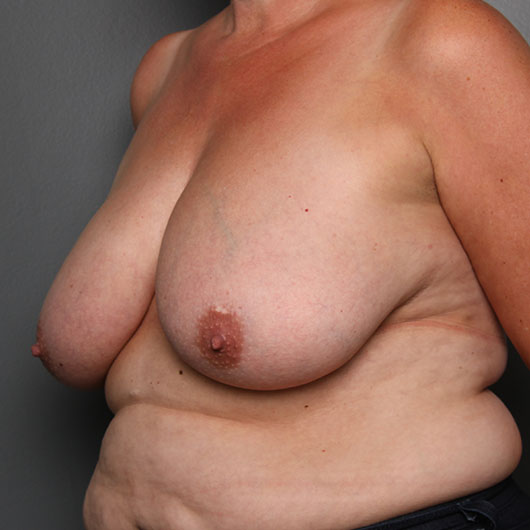
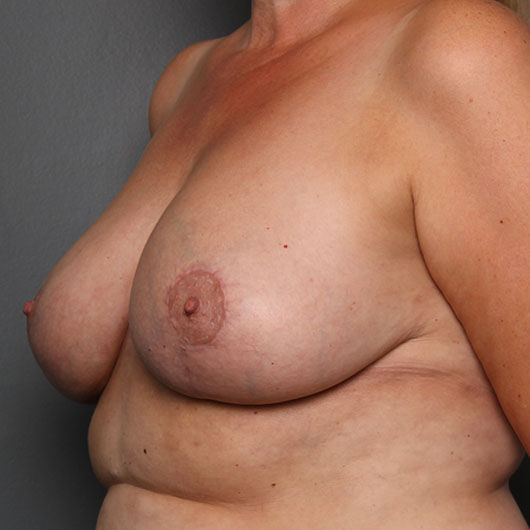
This is a patient 6 months after a 600 gram reduction. The nipple position has risen 10 cm from it’s original position. As with most patients, I perform a small amount of liposuction in addition to the lift in order to narrow the breast and take weight off the sides of the chest. As with all patients, there is no horizontal scar and patients do not go home with a drain.
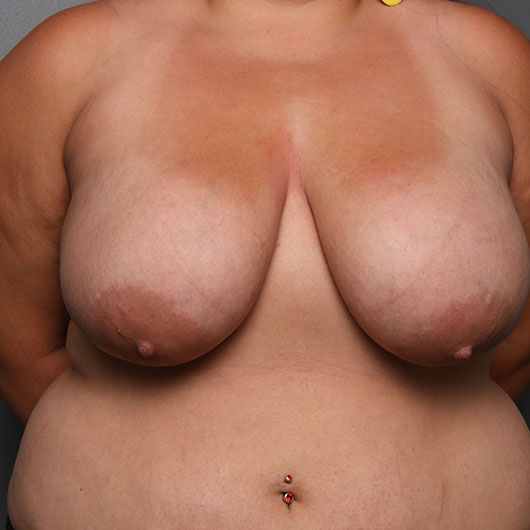
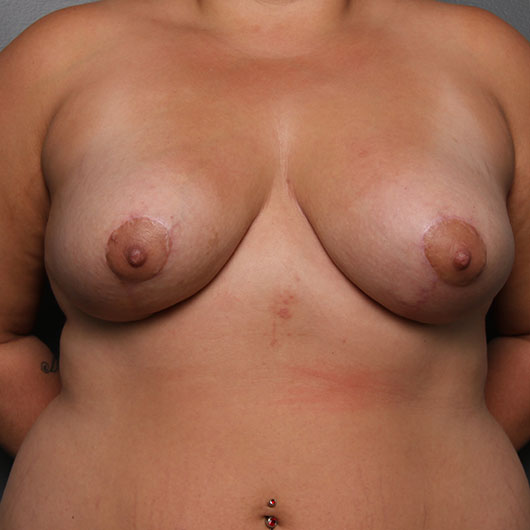

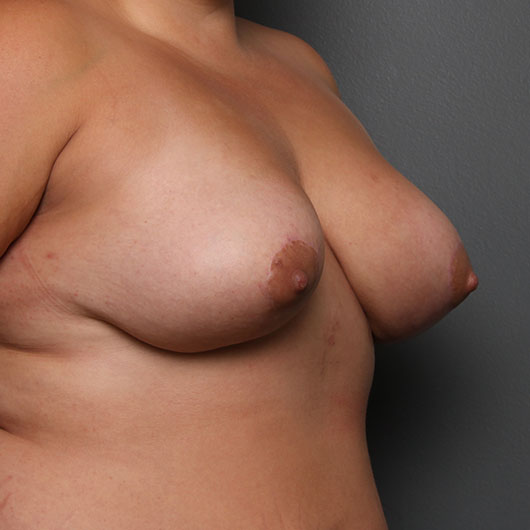
23 year old patient. 8 months after removal of 445 grams on the right and 511 grams on the left. Now that her breasts are more lifted and manageable she will try to get closer to ideal body weight, which is better done prior to surgery.

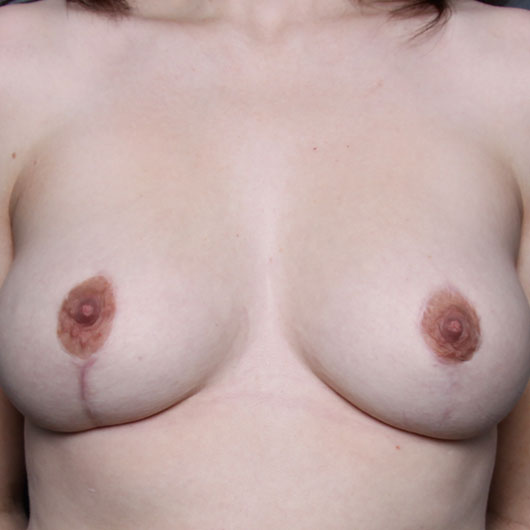
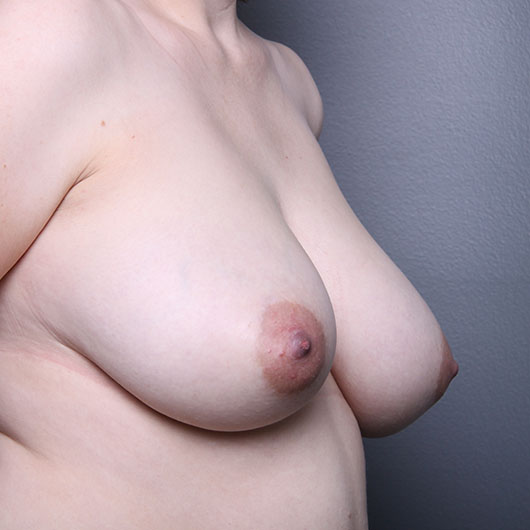
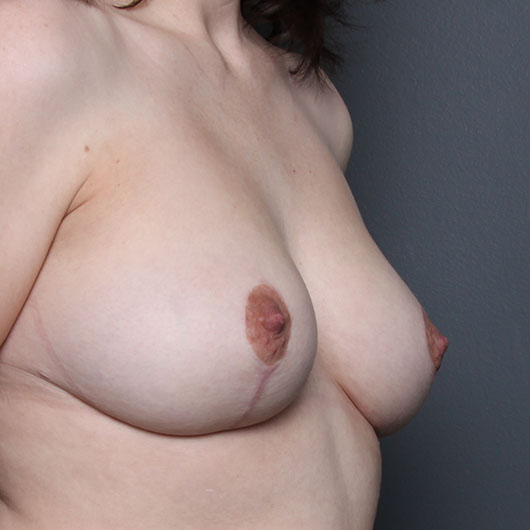
This patient had a reduction of 378 grams on the right and 448 grams on the left. The result is shown 6 months later as indicated by the redness still seen in the vertical scar.
BREAST REDUCTION INFORMATION
Breast reduction surgery enjoys one of the highest patient satisfaction ratings of any plastic surgery procedure. It is also one of the most difficult surgeries to perform in terms of getting consistent, predictable, aesthetically pleasing results.
Women with large pendulous breast tissue can experience a wide variety of health problems. Excess weight on the chest wall can lead to neck or back pain, numbness in the hands, skin irritation, and avoidance of social and physical activities. You are an excellent candidate for surgery if you are not overweight. Obesity makes this surgery technically difficult and at high risk for complications.
Breast reduction can be performed using several different techniques. I prefer to use a scar which does not involve the chest wall, known as vertical scar breast reduction. Depending on the density of breast tissue, liposuction can also be a valuable technique in reduction. The vertical scar technique is preferable to me not only because it avoids the large transverse scar on the chest wall, but also because it helps shape and minimize excess tissue on the sides of the chest. The standard anchor scar teqhnique can sometimes worsen this loose skin laterally.
Breast reduction surgery is typically performed on an outpatient basis. In order to limit the amount of skin removal and lessen the scar, I place all patients in foam tape and compression garments. I do not use drains. After 3 days you may remove the foam tape and shower. Many patients take minimal to no narcotic pain medication afterwards though pain after surgery is extremely variable.
Breast reduction can be performed at any age. Although breast reduction is best performed on fully developed breast tissue, the surgery can be performed successfully for teen patients who are suffering. It is crucial with any younger patient, that they be fully informed about all the risks and benefits. They should be mature enough to guide the decision to proceed with surgery themselves. In my opinion, the younger patients have the most to gain from this operation in terms of allowing them freedom from self-consciousness and encouraging to be physically active.
The answer is probably. Analysis of gathered data on breast-feeding habits of patients after reduction surgery shows no decrease in the rate of ability to breast feed successfully. Not all women can breast feed after surgery, however we realize that a similar number of women who have never had this operation also cannot breast feed. Ironically, women with excessive breast tissue are more likely to have difficulty breast feeding than women with small breasts potentially due to the dysfunction of the nerves that have been stretched by the large size.
Breast reduction surgery carries all the same risks as any surgery, including infection, bleeding, difficult scars, and poor symmetry. Breast tissue does not always have good circulation which can contribute to slow healing and asymmetric results. If you consider the nipple to be analogous to the stem of a plant, and the breast the roots of the plant, only a certain amount of root tissue can be removed to maintain a healthy, functioning nipple. For this reason, it is not always possible to achieve a safe, nicely healing result when larger percentages of breast tissue are being removed. The most important risk factor for complications of surgery is an elevated BMI. Body Mass Index is a calculation which specifies degree of obesity based on height versus weight. Patients who are obese carry the greatest risk for all the potential complications of breast reduction surgery.
